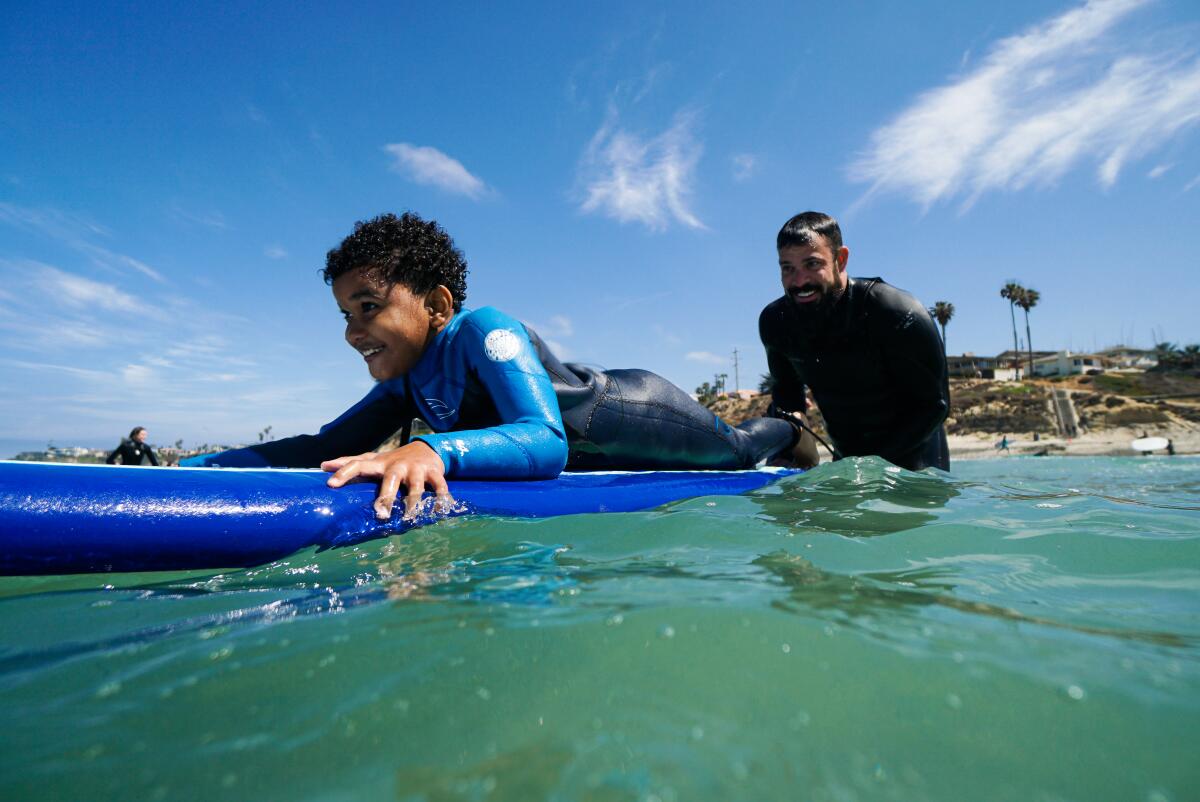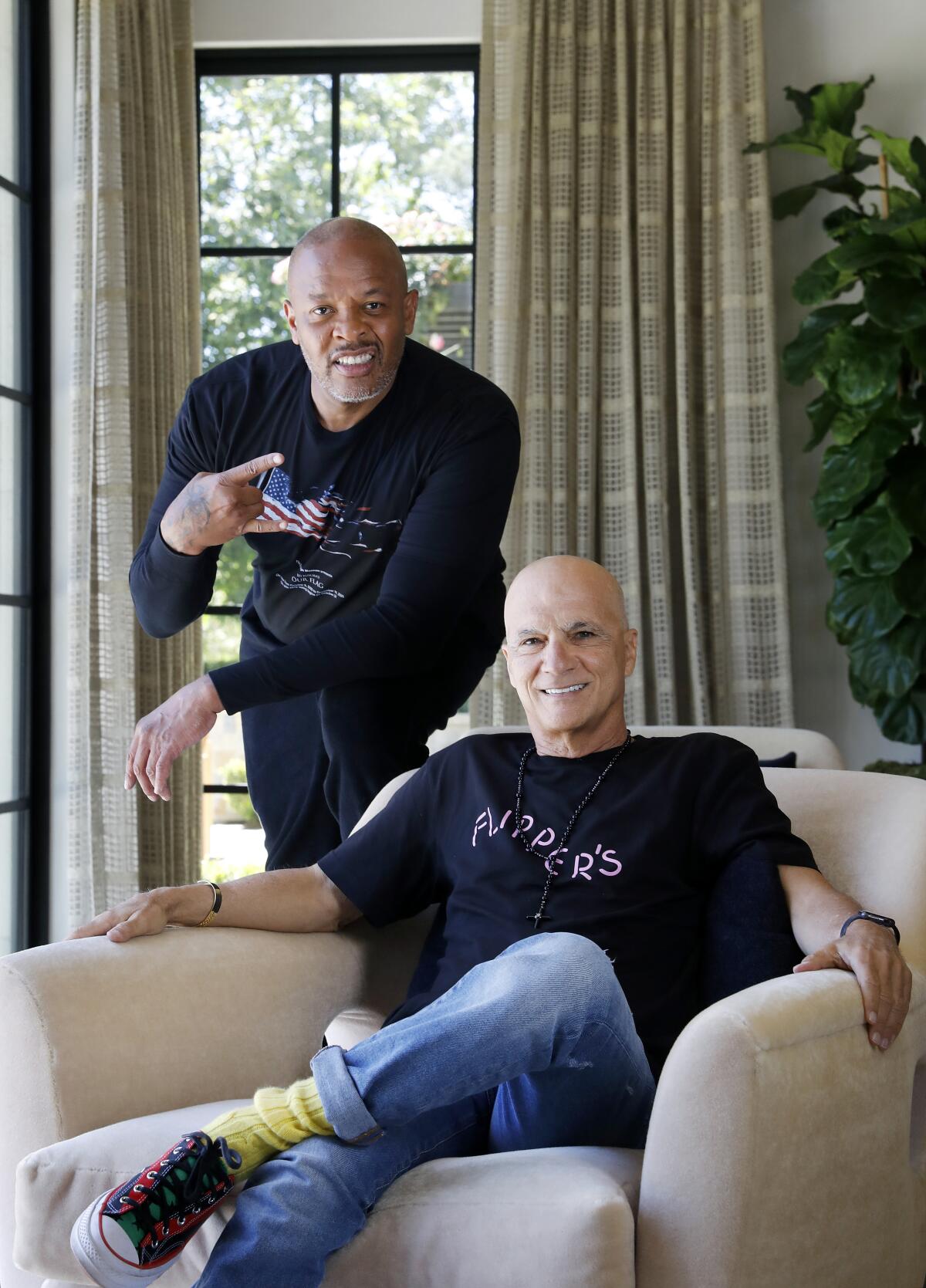8 to 3: What should kids be doing this summer, really?

This is the June 14, 2021, edition of the 8 to 3 newsletter about school, kids and parenting. Like what you’re reading? Sign up to get it in your inbox every Monday.
Hi, 8-to-3 readers. I’m Laura Newberry, and I’ll be filling in for the inimitable Sonja Sharp for the next few weeks.
Full disclosure, I’m not a parent. But as a Master of Social Work student training to become a therapist (yes, I am tired, thank you for asking), I care a lot about the mental health of kids, especially as communities work to recover from the pandemic.
So as schools let out and we enter another hazy and hot summer in California, I wanted to know: What should kids be doing over the next few months, really? What will set them up for academic and personal success in fall 2021 and into 2022, given their year of Zoom class and social isolation?
The specter of learning loss has loomed large over parents and teachers since the start of the pandemic. Already studies have shown that it’s a very real concern, especially for kids of color, whose families have been the most harmed by the pandemic.
In an unprecedented effort to catch kids up, the state is spending $4.6 billion on summer school alone. More districts are offering summer programs — often limited to underserved youth and kids who’ve fallen behind academically — to all students.
Stagnation in learning over the summer months was a concern long before COVID-19. And like almost all else in the realm of education, summer enrichment opportunities are stratified by class.
To find out more about this divide, I spoke with Jennifer Peck, president of Partnership for Children and Youth, an Oakland-based organization that advocates for extended learning programs for students from underserved communities.
Peck noted that students from middle- and higher-income backgrounds who are much more likely to attend camp, vacation with their families and take music lessons over the summer — fun activities that inherently have learning built into them — are not only more insulated from learning loss, but tend to start the next school year ahead of the game.
Meanwhile, low-income kids are often sent off to summer school, which can feel like a punishment for not performing well enough during the academic year.
With the influx of state funding, districts have an opportunity to help close this gap by making summer school more fun — a shift Gov. Gavin Newsom’s administration has acknowledged and encouraged by calling the initiative “Summer of Joy.”
Peck pointed to the Gilroy Unified School District’s STEM-focused summer program — adorably called “Super Power Summer Camp” — as an example. The Gilroy kids go on field trips to state parks and the zoo. And at Aim High, a summer program for low-income students in the Bay Area, middle schoolers ride horses and take dance classes, among other activities. This 35-year-old program is a far cry from remedial math worksheets indoors. Research on Aim High showed that it helped reduce student absenteeism and suspensions, and boosted standardized test scores.
Other school districts should offer similarly engaging programs, Peck said, especially in light of staggering mental health struggles among students that have been caused or worsened by the pandemic.
“I think it’s a huge mistake to overly focus on learning loss and academic support this summer when kids mostly need social connection and fun,” Peck told me.
Denise Pope, a professor at the Stanford University Graduate School of Education who specializes in student engagement and curriculum studies, echoed how critical fun is for kids right now.
Whether or not they go away to summer camp or attend summer school, kids need to be around their peers, Pope told me over the phone. They can’t be nervous, can’t be fearful, and need a little bit of practice being social creatures if they’re going to be ready for full-fledged, in-person school in the fall.
Parents shouldn’t push structured academics on their kids over the next few months if that’s not what they want, Pope said. That will just cause them to shut down.
“Whatever they do, it should be their choice,” Pope stressed to me. Maybe your child wants to bake a cake — great! There’s your math and science. Maybe they want to reread the “Harry Potter” series for the third time. That’s fine. But also encourage them to play outside, be in nature.
Pope wants parents to “keep the big picture in mind” — not grades and test scores and reading levels, but rather: “Do I have a healthy — physically and mentally — motivated, engaged kid?,” she said.
“When you have that as your North Star, you’ll do things a little differently.”
After 15 months of being at home, though, kids may need a warm-up period before they’re fully comfortable being around other children, noted Nick Wagner, a psychology professor at Boston University who studies the social and emotional development of young children.
“If you have the kind of kid you could drop off at camp and everything would be amazing, don’t be surprised if it’s not that way this summer,” Wagner cautioned. “Don’t sound the alarm bells. It doesn’t mean they will have social anxiety when they grow up.”
Kids are remarkably resilient. Generally speaking, those who haven’t felt the acute stress of losing family members or financial security should rebound by the end of the summer, Wagner said — if they’re given opportunities to explore and readjust to the outside world.
In other words, stressing out about your kid’s learning loss will only make things worse. So you might as well have some fun with them, too.
Masks? Check. Coronavirus tests? Many. Now can we let school resume?
When kids in L.A. go back to school this fall, they’ll probably still be wearing masks. The local school district and teachers union reached a tentative agreement last week that maintains a mask mandate for the near future, as well as coronavirus testing every two weeks. The L.A. Unified School District has been slower than many to fully return to normal, but as my colleague Howard Blume writes, there’s an upside to that: So far, the number of known COVID-19 cases transmitted at L.A. schools has remained constant at zero.
There’s science behind that decision, The Times’ Melissa Healy writes. Modeling exercises show that if kids toss their masks and forget about social distancing, they’ll raise the risk of a new COVID-19 outbreak.
Nobody is going to miss the pandemic, if and when it finally crawls into a hole. And yet, for one group of parents, there’s been a silver lining. According to a survey from a local activist group, Speak Up, some Black parents say their kids were less likely to be subjected to bullying and racism during at-home classes, and as a consequence, they learned more. “Many of the same parents who saw that their children seemed to learn better and thrive emotionally away from school now question whether it is in their child’s best interest to return to campus,” the report said. You can read more about it here.
The ‘coolest high school in America’

Dr. Dre is a homegrown L.A. (well, Compton) success story. He helped invent a musical genre, gangsta rap, and his Beats by Dr. Dre headphones made him a billionaire. He attributes none of that success to what he learned in public school. “No kid wants to go to school,” Dre said in an interview with Howard Blume. “Because it’s boring.”
You might ask, then, why Dre was being interviewed by an education reporter. The reason: Along with Jimmy Iovine, another music mogul who hated school, Dre is launching a new L.A. Unified high school that will aim to be NOT boring and to give students the tools they need to become successful in business and, one hopes, in life.
The small high school (250 students) will be on the South L.A. campus of Audubon Middle School, and will target what Dre called “the inner-city kid, the younger me.” It will be a regular LAUSD magnet school, not a charter or private school, and LAUSD schools Supt. Austin Beutner described the goal as creating “the coolest high school in America.”
How much are Dre and Iovine planning to spend? Whatever it takes, they say.
Enjoying this newsletter?
Consider forwarding it to a friend, and support our journalism by becoming a subscriber.
Did you get this newsletter forwarded to you? Sign up here to get it in your inbox every week.
In other news ...
A high school student at Big Bear High was caught strolling around campus on the last day of school waving a Confederate flag. The flag was seized; no word yet on what sort of discipline the student faces. L.A. Daily News
On, perhaps, a more positive note, a high school student in Clovis is challenging her school district’s dress code as sexist. “I don’t think students should have to conform and have to worry all the time about being acceptable, or being quote, unquote, ‘distracting to other students,’” Annie Nguyen says. Fresno Bee
Five mostly affluent elementary-school districts in the San Diego area are pushing back against a state mandate to offer transitional kindergarten — basically, a year of school before regular kindergarten — to all eligible students in California. The districts say they don’t need transitional kindergarten, can’t afford it and don’t believe the state Department of Education has the power to require it under the law. San Diego Union-Tribune
The pandemic may have shuttered K-12 school campuses, but preschool and child-care providers continued, for the most part, to provide in-person service to many of California’s youngest children. So what did that look like? Pasadena-based pubic radio station KPCC-FM and LAist.com gave cameras to 12 early learning and care providers and asked them to show us their lives and work. The results were published last week, and they’re impressive. LAist
Around the state, however, nearly 6,000 child-care providers closed their doors during the pandemic. It’s a crisis, according to an article that focuses on the situation in far northern Humboldt County. Eureka Times Standard
The Visalia Unified School District has adopted a new textbook for its high school health classes, and it isn’t going over well with some members of the community who object — strenuously — to sections on human sexuality, especially discussions of gender identity. Plenty of other people think the book is just fine. Visalia Times Delta
And the state Legislature and Gov. Gavin Newsom are discussing a plan to continue offering free breakfast and lunch to all students in California, as was done during the pandemic. The price tag: $650 million a year. CalMatters
I want to hear from you.
Have feedback? Ideas? Questions? Story tips? Email me. And keep in touch on Twitter.
Sign up for Essential California
The most important California stories and recommendations in your inbox every morning.
You may occasionally receive promotional content from the Los Angeles Times.




